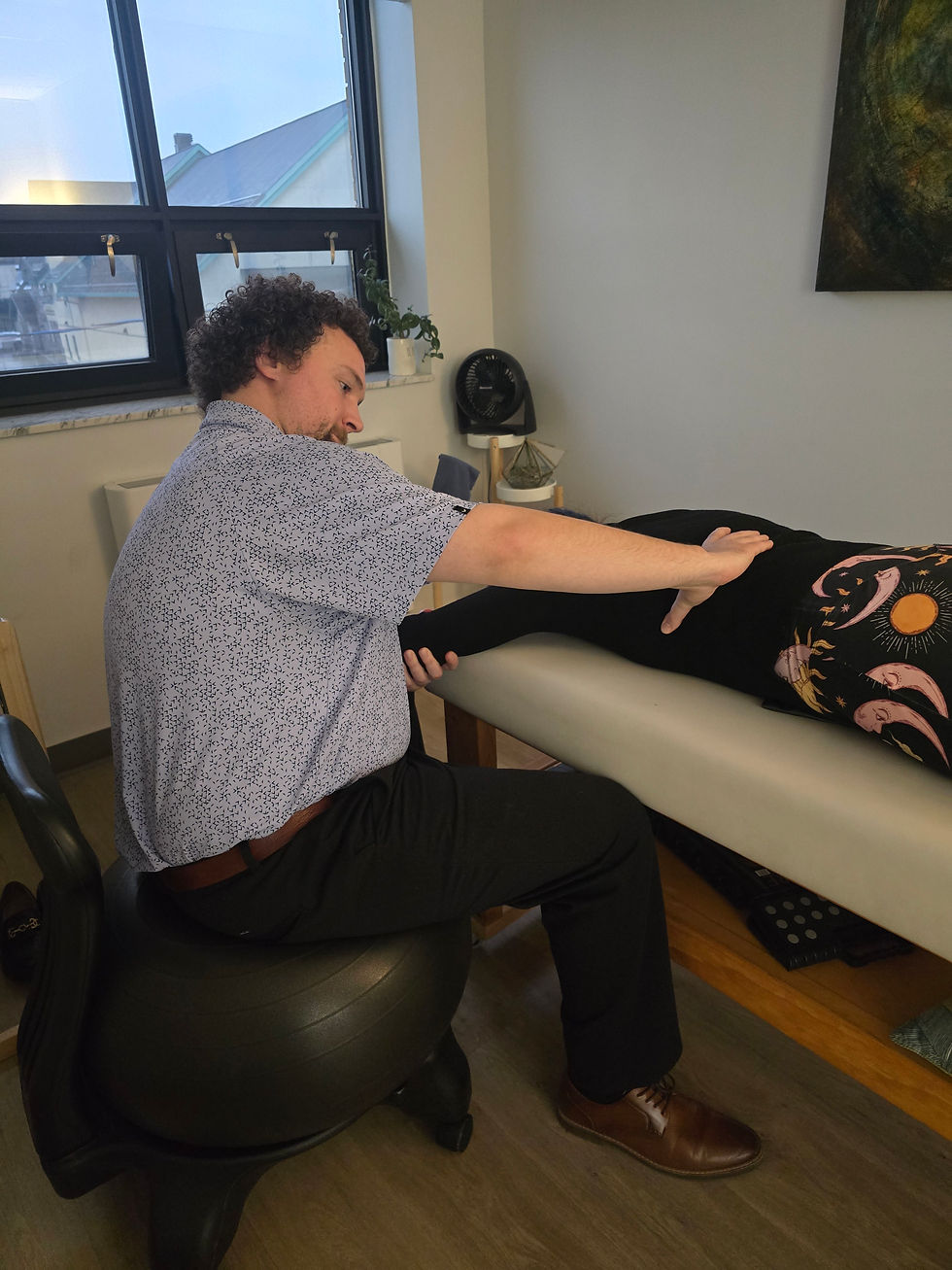Osteopathic Insights into Chronic Fatigue Syndrome
- Veronique Vallee
- Aug 2, 2024
- 2 min read

Introduction
Chronic Fatigue Syndrome (CFS), also known as Myalgic Encephalomyelitis (ME), has
historically been dismissed as a pseudo illness, but growing awareness and
research—particularly following the rise of long-haul COVID—highlight its profound impact on health (Komaroff, 2019; Wong & Weitzer, 2021). As someone with CFS and a practitioner at the A.T. Still Osteopathic Center, I believe in osteopathic care’s potential in managing CFS merits further exploration.

Condition Overview
CFS is both acquired and congenital, likely triggered by prenatal stress, trauma, and viral
infections like Epstein-Barr or COVID-19 (Johns Hopkins Medicine, 2024; Mead, 2017).
Symptoms include severe fatigue, post-exertional malaise, unrefreshing sleep, and orthostatic intolerance (Johns Hopkins Medicine, 2024). It affects multiple systems, including respiratory, gastrointestinal, immune, neuroendocrine, and central nervous systems (O’Neil & Hanson, 2021). Diagnosis is based on symptom duration and exclusion of other conditions (Sapra & Bhandari, 2023).
Management and Prognosis
Treatment typically includes pharmaceuticals for symptom relief, gentle manual therapy,
balanced activity and rest, psychotherapy, and a nutrient-dense diet (Johns Hopkins Medicine, 2024). Prognosis varies; about 50% of patients may return to part-time or full-time work, though outcomes depend on illness duration and severity (Johns Hopkins Medicine, 2024).

Osteopathic Considerations
CFS impacts the internal frame of the body, affecting systems such as respiratory and
gastrointestinal, and can lead to compensatory changes in the external frame and soft tissues (Johnston, 2016). Osteopathic treatment aims to realign anatomy and improve physiological function through a gentle application of treatment with a neurological focus (Andrew T. Still, 1910; Johnston, 2015).
Therapeutic Implications
Osteopathic care should start with gentle, indirect techniques to accommodate patient sensitivity, progressing to more direct methods as tolerated. The goal is to enhance circulation, immune function, and overall resilience (Johnston, 2015). Side effects may include temporary worsening of symptoms and increased fatigue post-treatment (Johnston, 2015).
Conclusion
CFS is a debilitating condition that can benefit from osteopathic care, which supports the body's natural healing processes and improves overall function (Johns Hopkins Medicine, 2024). Additionally, holistic approaches and alternative therapies, such as Ayurveda, may offer supplementary benefits (Sharma, 2016; Huberman Lab, 2022).
Henna Sodhi, Osteopathic Student
"Condensed paper"



Comments